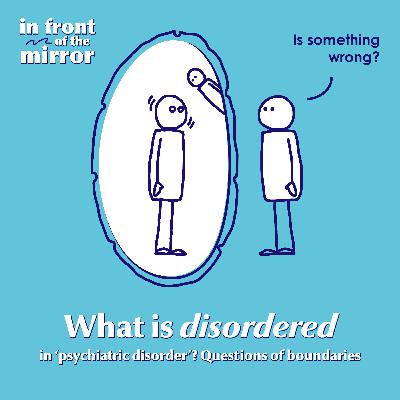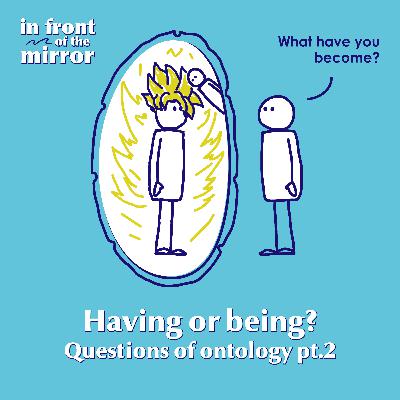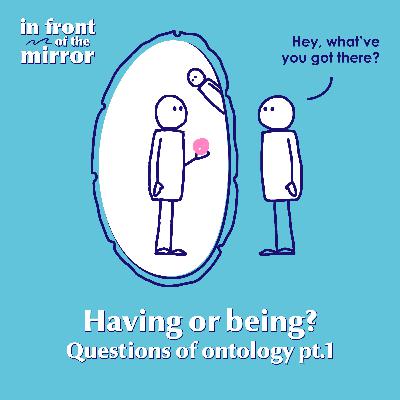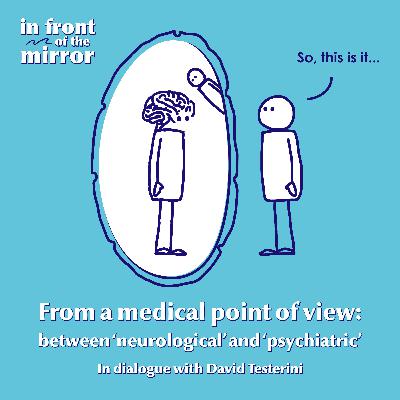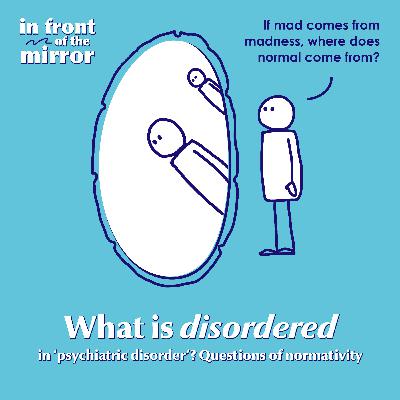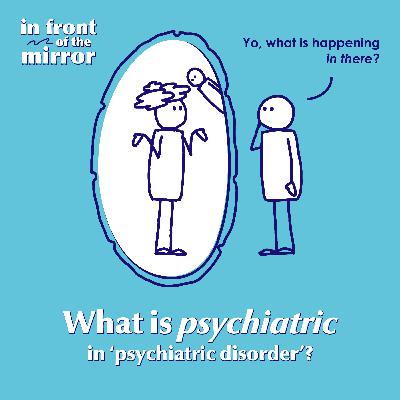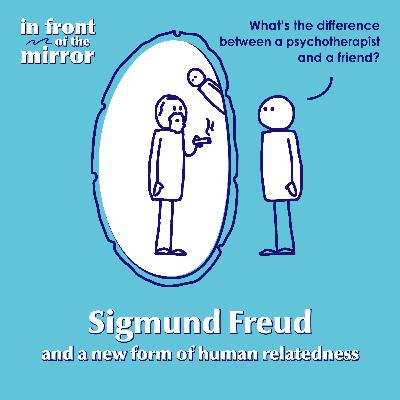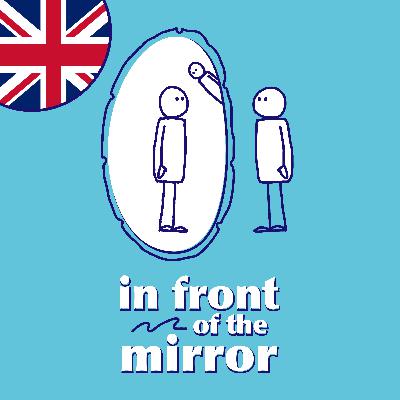#03 What is "disordered" in 'psychiatric disorder'? Questions of boundaries
Description
What makes a pattern of behavior, thinking and feeling a disorder, a pathology?
Is it the presence of a dysfunction, suffering, a conflict with societal norms?
Can these criteria truly demarcate what is defined as pathological from what is not?
In this episode, Cristiano will scrutinize these very criteria, questioning them.
This episode continues the analysis that Giacomo began in the previous one, between normality and normativity.
References:
Bortolotti, L. (2023). Why Delusions Matter. Bloomsbury PublishingButler, PV (2000)
Reverse Othello syndrome subsequent to traumatic brain injury. Psychiatry. doi: 10.1080/00332747.2000.11024897.
May, J. (2023). Neuroethics: Agency in the Age of Brain Science. New York, US: Oxford University Press.
McKay R, Langdon R, Coltheart M. (2005) "Sleights of mind": delusions, defences, and self-deception. Cogn Neuropsychiatry. doi: 10.1080/13546800444000074.
Münch R, Walter H and Müller S (2020) Should Behavior Harmful to Others Be a Sufficient Criterion of Mental Disorders? Conceptual Problems of the Diagnoses of Antisocial Personality Disorder and Pedophilic Disorder. Front. Psychiatry. doi: 10.3389/fpsyt.2020.558655
Nesse RM, Stein DJ. (2012) Towards a genuinely medical model for psychiatric nosology. BMC Med. doi: 10.1186/1741-7015-10-5.
Stanghellini, G. (2018). Metaphors of pathology. International Review of Psychiatry, 30(2), 140–152. https://doi.org/10.1080/09540261.2018.1444011
The British Psychological Society. (2014). Understanding Psychosis and Schizophrenia.
Institute for the Study of the Neurologically Typical: https://erikengdahl.se/autism/isnt/
Downside Up | A short film by Peter Ghesquiere: https://www.youtube.com/watch?v=VNxO-wv3S9o
-
Every other Monday, at 12pm.
Follow us on:
Instagram: @mirror_podcast_
This project exists in Italian as well: In Front of the Mirror - Il Podcast in Italiano

